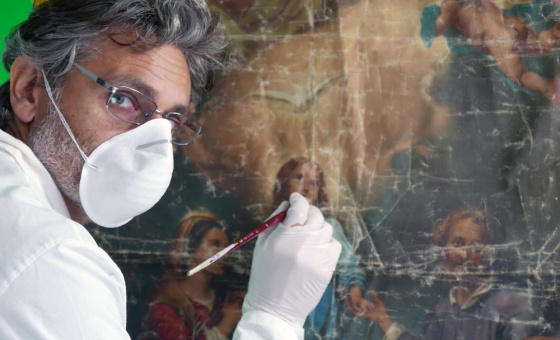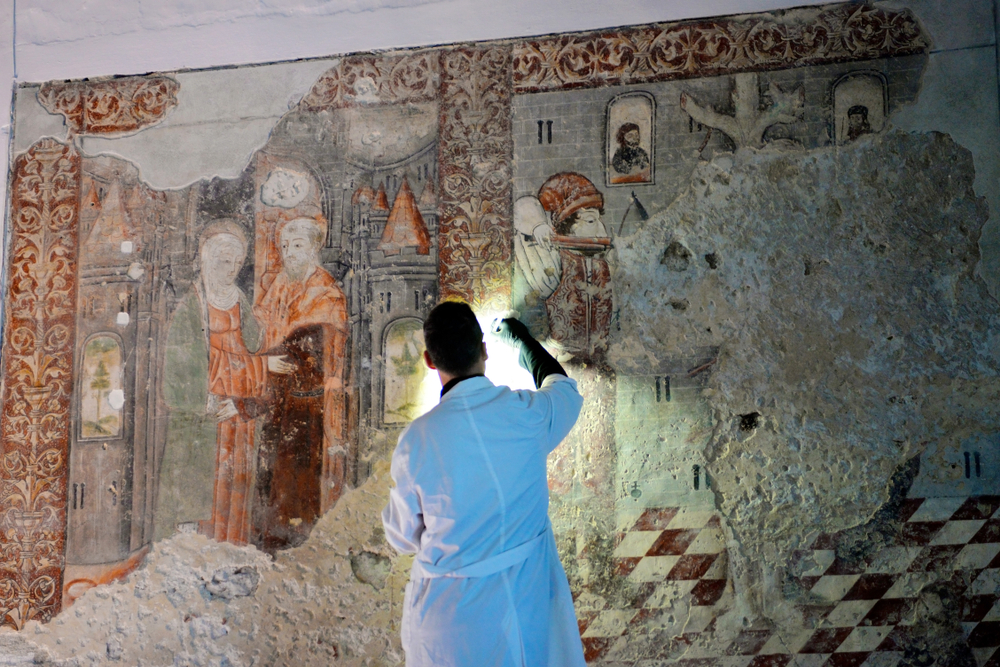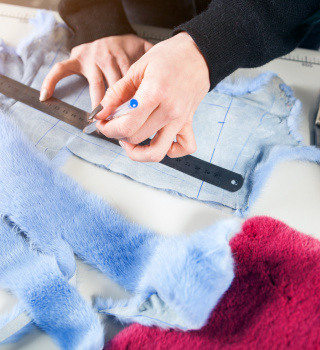
Description
As an Art Restorer, you'll care for social accumulations by applying logical techniques to safeguard and reestablish relics.
Contingent upon which zone of protection you're working in, you might be engaged with treating objects specifically (therapeutic preservation) to anticipate disintegration, balance out the article and attempt rebuilding (if proper). Then again, you may concentrate on observing and controlling the earth in which accumulations are put away or showed to avert crumbling in any case (preventive protection). You may likewise be associated with a mix of the two.
Numerous artrestorers work in exhibition halls and displays. Be that as it may, numerous others are independently employed and take a shot at an independent premise.
Sorts of art restorer
Artrestorers will in general spend significant time in a zone of protection, for example,
- Archaeology.
- Archives.
- Ceramics and glass.
- Furniture and wood.
- Gilding and improving surfaces.
- Historic insides.
- Metals.
- Paintings.
- Paper and books.
- Photographic materials.
- Stained glass.
- Stone and divider compositions.
- Textiles.
Common Duties/Routines
As an art restorer, you'll have to:
- Examine ancient rarities, both outwardly and utilizing logical apparatuses, for example, x-beams, infrared photography and minute investigation, to decide the degree and reasons for decay.
- Keep full protection records by reviewing notes on the article's condition and any past reclamation work that has been finished.
- Produce a visual record of the item for distinguishing proof purposes and to show its condition.
- Monitor and record show and capacity conditions so as to keep protests in a steady condition.
- Propose and gauge the expenses of medications to end rot and uncover the genuine idea of articles.
- Negotiate with associates to legitimize a proposed treatment routine.
- Organize the coordination of long haul extends and work together with other artrestorers face to face and by email.
- Work out innovative answers for clean, support and fix delicate articles. Use a scope of preservation instruments, for example, surgical blades, cotton swabs, dental and carpentry apparatuses, and solvents/cements.
- Recreate verifiably exact completions, for example, blending conventional paints without any preparation.
- Develop and keep up proper expert guidelines inside your pro region.
- Keep fully informed regarding the most recent protection methods and practices, through research and preparing.

You may likewise need to:
- Host research center or site visits for school gatherings and different guests.
- Deliver talks and introductions to novice and expert groups of onlookers.
- Supervise volunteers, understudies, junior protection staff and understudies.
- Help to set up displays.
- Advise different associations on preservation issues.
- Accompany protests in travel to different areas.
- Handle delicate or rotted items discovered amid work in the field and on archeological unearthing.
Working Hours
Working hours are predominantly 9am to 5pm, in spite of the fact that you may do additional hours when dealing with site or completing a task to due date.
Salary/Compensation
- The normal compensation for a lesser art restorer is £26,500. A base pay of £24,648 for entry-level art restorers.
- As a center positioning artrestorer, you can hope to gain a normal compensation of £27,500, ascending to £30,000 for senior artrestorer jobs.
- The absolute pay scope of all artrestorers who participated in Symbol's examination is £5,000 to £75,000. These considers bring with record all artrestorers, paying little mind to the quantity of hours worked, area and correct nature of the job, yet do demonstrate the wide scope of potential compensations.
Pay rates shift contingent upon your area and sort of manager. Pay for independently employed artrestorers may vary.
Work Atmosphere
- Work is normally studio and research center based with infrequent field work.
- In exhibition halls and exhibitions, you'll normally administer capacity and show territories.
- Jobs are regularly accessible on momentary contracts or on an independent premise.
- There might be little coherence of work, as contracts can go from three months up to five years, and terms can change broadly.
- Some staff are utilized on explicit autonomously supported activities.
- It can be elusive consistent work, particularly amid the early piece of your vocation.
- You should be set up to move to wherever you can look for some kind of employment.
- You may need to go with items or accumulations, which can mean time far from home.
There are a few chances to work abroad, especially in Europe and the USA. Once in a while, work might be accessible on activities financed through worldwide associations, for example, the United Nations Educational, Scientific and Cultural Organization (UNESCO).
Skillset 2
Skillset
HARD SKILLS
- Chemistry knowledge
- Raw material knowledge


